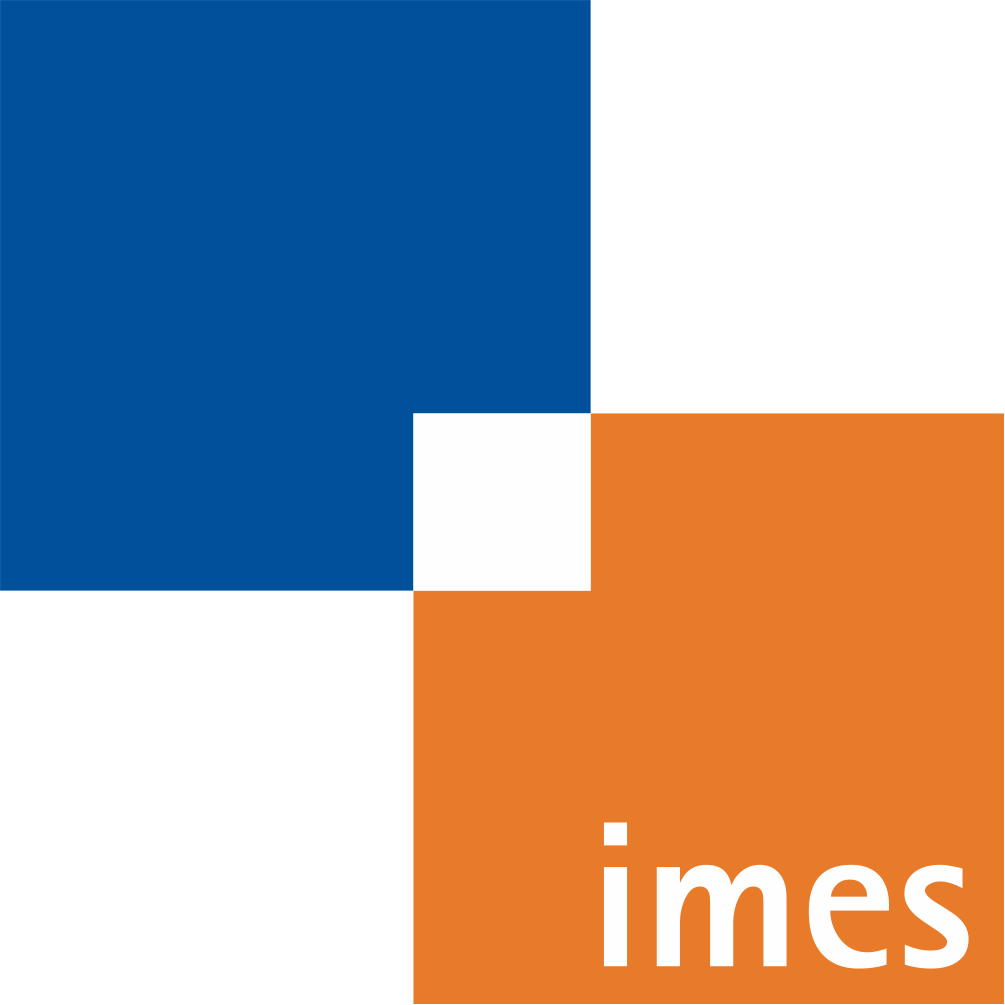Comparative study on surface reconstruction accuracy of stereo imaging devices for microsurgery
- verfasst von
- Andreas Schoob, Dennis Kundrat, Lüder A. Kahrs, Tobias Ortmaier
- Abstract
Purpose: Processing stereoscopic image data is an emerging field. Especially in microsurgery that requires sub-millimeter accuracy, application of stereo-based methods on endoscopic and microscopic scenarios is of major interest. In this context, direct comparison of stereo-based surface reconstruction applied to several camera settings is presented. Methods: A method for stereo matching is proposed and validated on in-vitro data. Demonstrating suitability for surgical scenarios, this method is applied to two custom-made stereo cameras, a miniaturized, bendable surgical endoscope and an operating microscope. Reconstruction accuracy is assessed on a custom-made reference sample. Subsequent to its fabrication, a coordinate measuring arm is used to acquire ground truth. Next, the sample is positioned by a robot at varying distances to each camera. Surface estimation is performed, while the specimen is localized based on. markers. Finally, the error between estimated surface and ground truth is computed. Results: Sample measurement with the coordinate measuring arm yields reliable ground truth data with a root-mean-square error of 11.2 μm. Overall surface reconstruction with analyzed cameras is quantified by a root-mean-square error of less than 0.18 mm. Microscope setting with the highest magnification yields the most accurate measurement, while the maximum deviation does not exceed 0.5 mm. Custom-made stereo cameras perform similar but with outliers of increased magnitude. Miniaturized, bendable surgical endoscope produces the maximum error of approximately 1.2mm. Conclusions: Reconstruction results reveal that microscopic imaging outperforms investigated chip-on-the-tip solutions, i.e., at higher magnification. Nonetheless, custom-made cameras are suitable for application in microsurgery. Although reconstruction with the miniaturized endoscope is more inaccurate, it provides a good trade-off between accuracy, outer dimensions and accessibility to hard-to-reach surgical sites.
- Organisationseinheit(en)
-
Institut für Mechatronische Systeme
- Typ
- Artikel
- Journal
- International journal of computer assisted radiology and surgery
- Band
- 11
- Seiten
- 145-156
- Anzahl der Seiten
- 12
- ISSN
- 1861-6410
- Publikationsdatum
- 01.2016
- Publikationsstatus
- Veröffentlicht
- Peer-reviewed
- Ja
- ASJC Scopus Sachgebiete
- Chirurgie, Biomedizintechnik, Radiologie, Nuklearmedizin und Bildgebung, Maschinelles Sehen und Mustererkennung, Gesundheitsinformatik, Angewandte Informatik, Computergrafik und computergestütztes Design
- Elektronische Version(en)
-
https://doi.org/10.1007/s11548-015-1240-z (Zugang:
Geschlossen)
